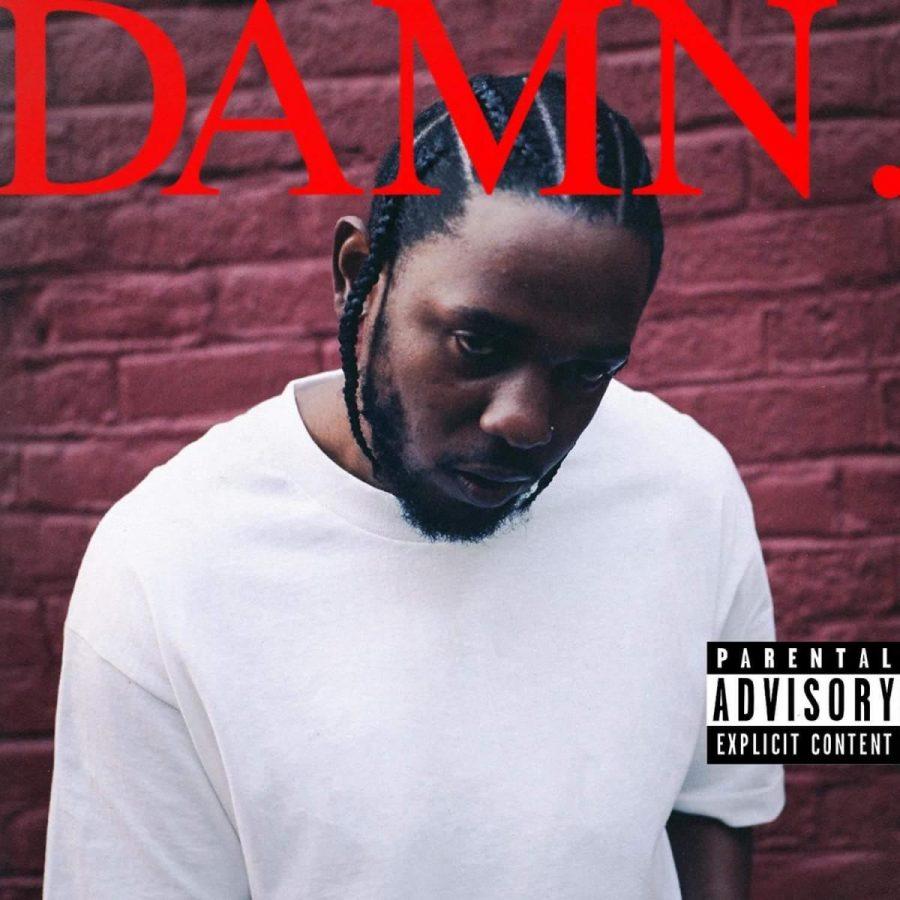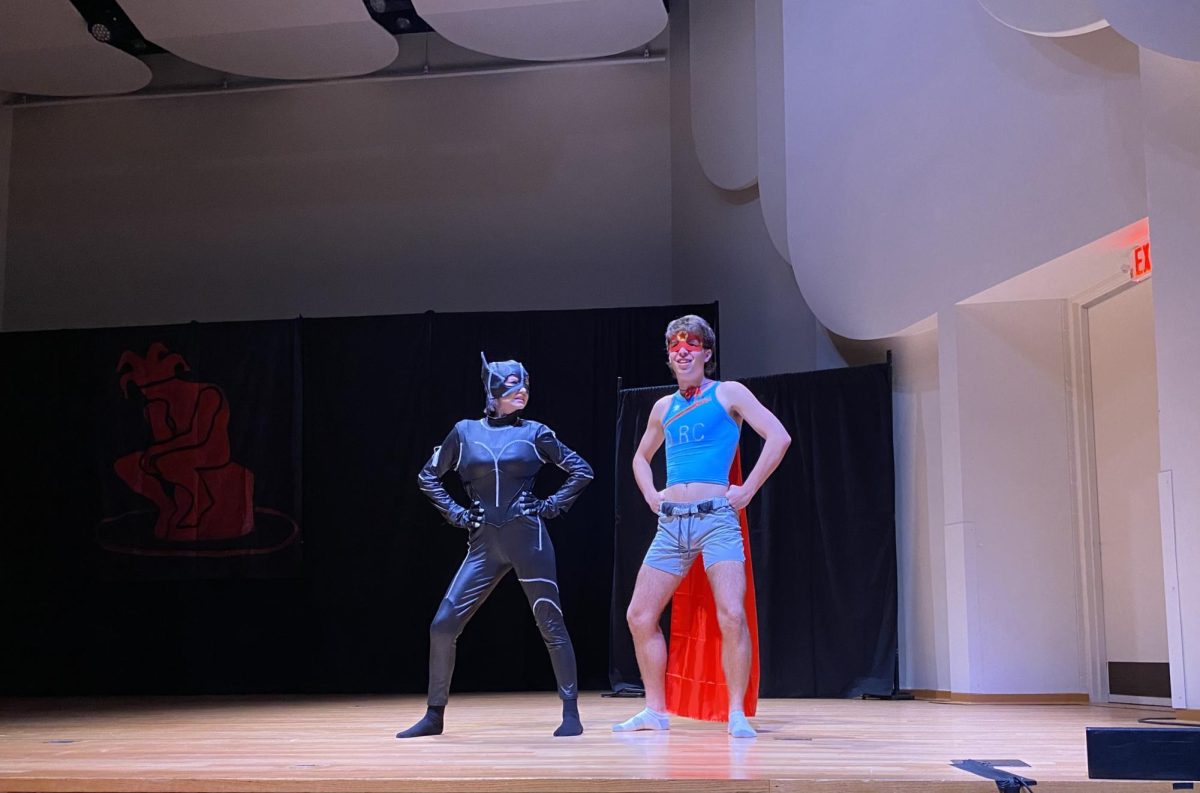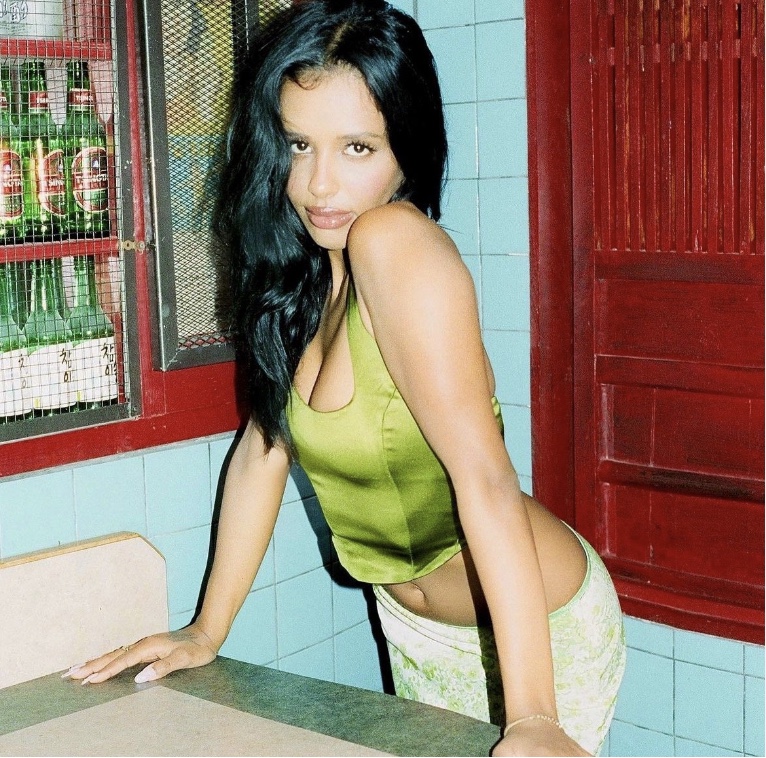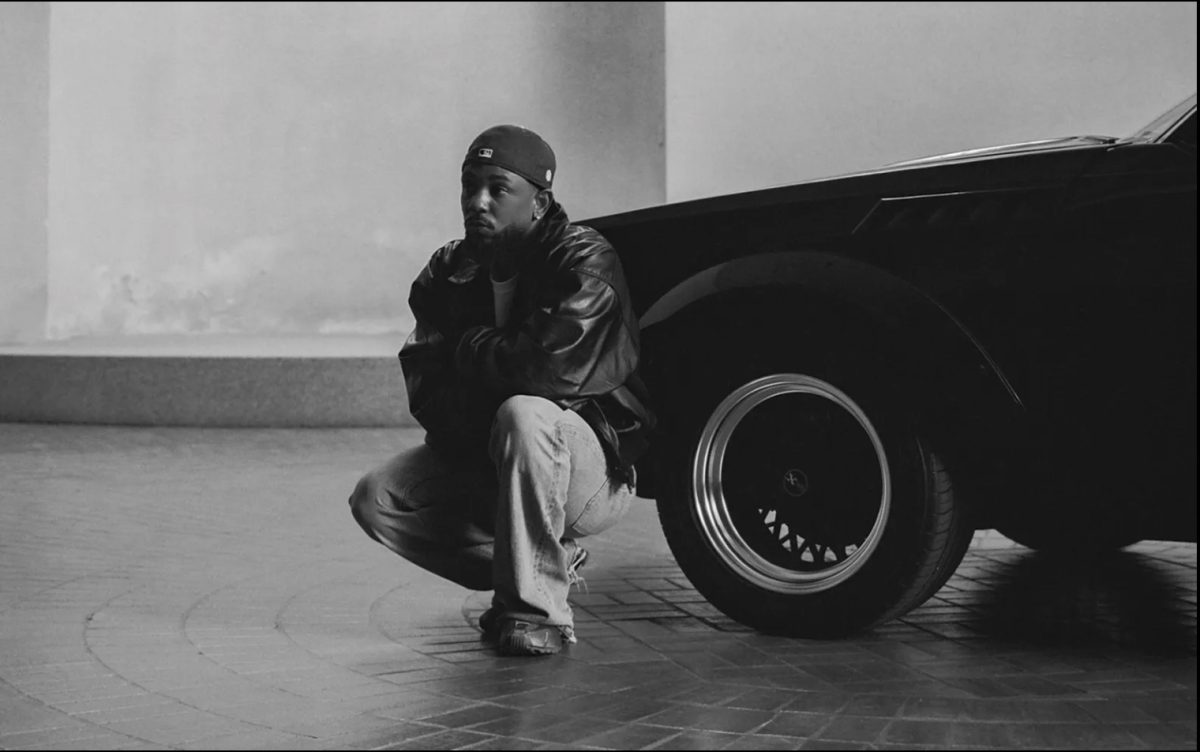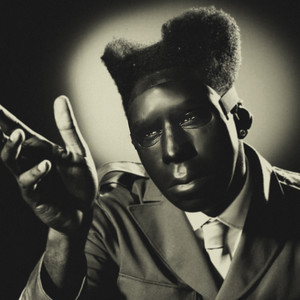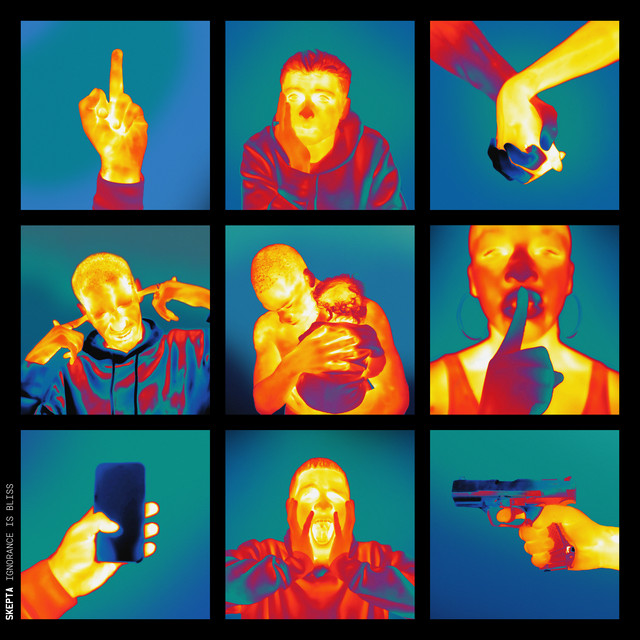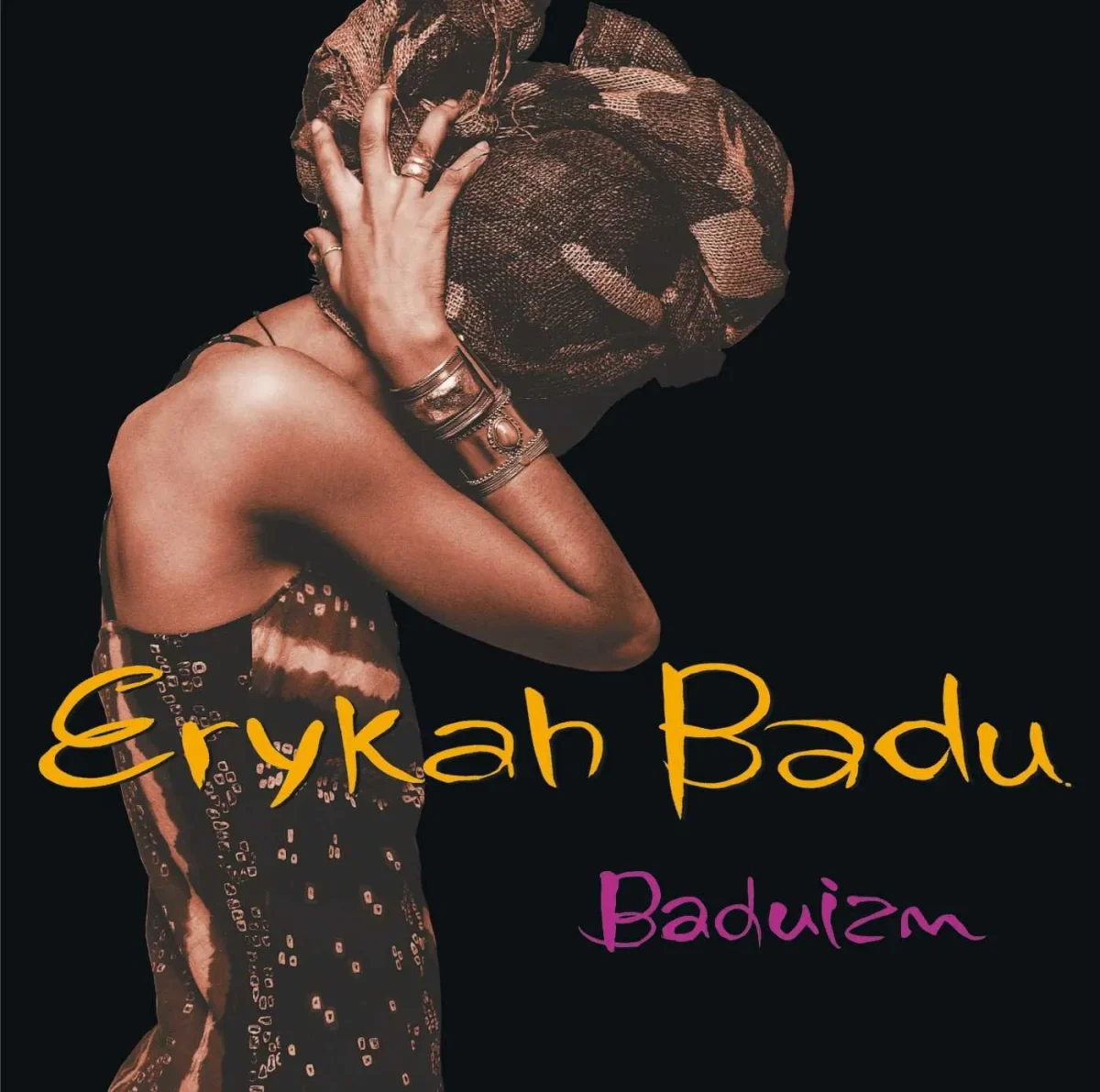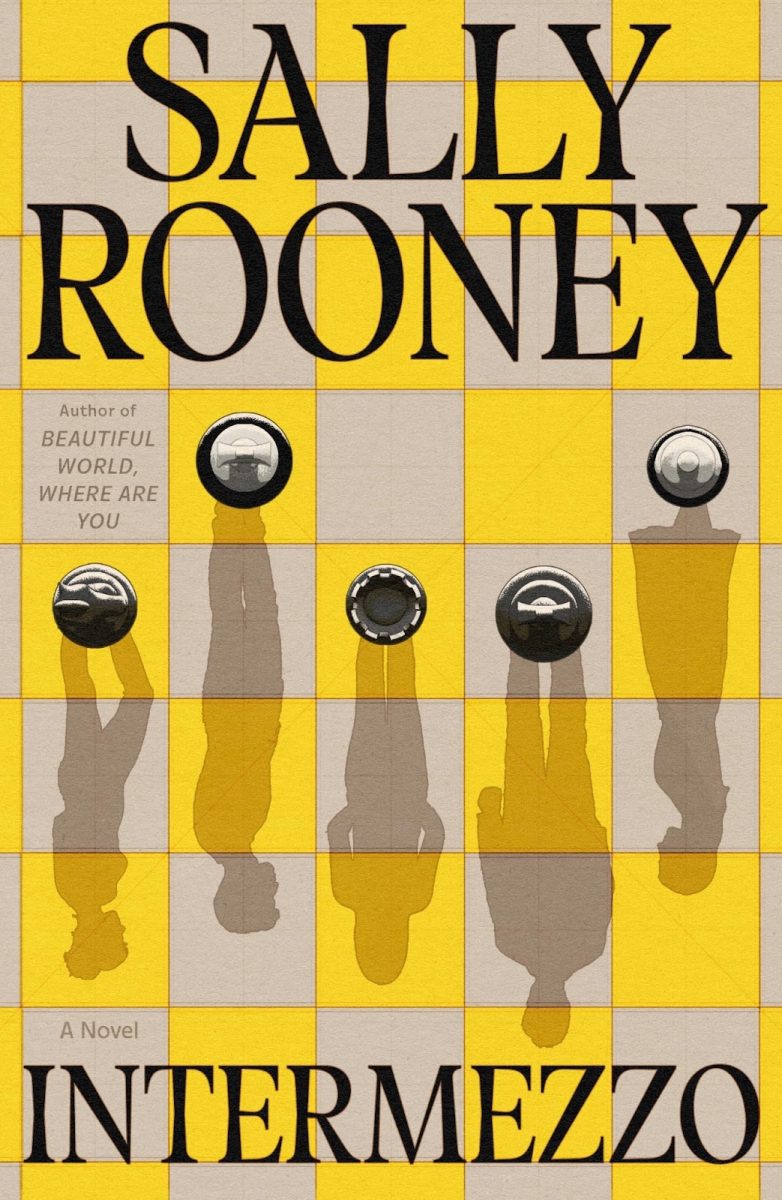In the late hours of the night on April 14, Kendrick Lamar released his fourth full length studio album, titled DAMN. The album is headlined by Lamar’s newest hit single, “HUMBLE,” which he released two weeks prior.
In 2012, Lamar released an album centered on his upbringing and hometown, Compton, CA, titled good kid, m.A.A.d city. In 2015, he released a jazz-rap album, To Pimp a Butterfly, focused on the plight of African Americans in modern America. These two records asserted the Compton rapper as one of the most important voices in rap and the most skilled rapper in hip-hop.
On DAMN., Lamar does nothing but further confirm that sentiment that he is the most important rapper of our time. Kendrick confronts many issues, ranging from the dichotomies of life and death, Heaven and Hell, religion, the American political situation, racism and, most importantly, his place in the world as a black man, an American and a role model.
DAMN. is Lamar’s best album that showcases his ability as a pure rapper. Never before has his flow and remarkable lyrical ability been on full display like this before. There is only one adjective that adequately describes the way in which Lamar raps on this album and it is athletic.
The album begins with “BLOOD.” a brief intro where Lamar asks “Are we gonna live or die?” before diving into a story where he “was takin’ a walk down the street the other day” and met a struggling blind woman who he asked if there was something she lost. She replies “Oh yes, you have lost something. You’ve lost… your life” and promptly shoots him.
The next track, “DNA.,” has quickly become a fan favorite since the album’s release. With DNA. Kendrick comes out of the gates hard and aggressively, asserting he has things such as loyalty, royalty, power, pain, joy, hustle, ambition and flow inside his DNA.
On “LOYALTY.,” Kendrick brings in fellow hip-hop star Rihanna — not in a typical flirtatious Rhianna-featuring duet fashion that other rappers like Drake would use, but instead in a hardcore rap song showcasing each artist’s lyrical ability.
Kendrick Lamar’s follow up to To Pimp a Butterfly asserts his voice as hip-hop’s most important and prominent voice over the present era. He beautifully covers topics such as his sadness over the reality of President Trump to his experience with street and gang violence both as a boy growing up in Compton and as a global pop star. The progressive and liberal west-coast rapper samples audio from a Fox News broadcaster discussing Lamar, stating “hip-hop has done more damage to young African Americans than racism in recent years” to illustrate conservative media’s misunderstanding of his music and message of hope for African Americans.
After releasing an album heavily influenced by genres of the past, notably jazz, the new Kung Fu Kenny shows his engagement with and take on contemporary hip-hop without sacrificing any of his lyrical ability on DAMN.



